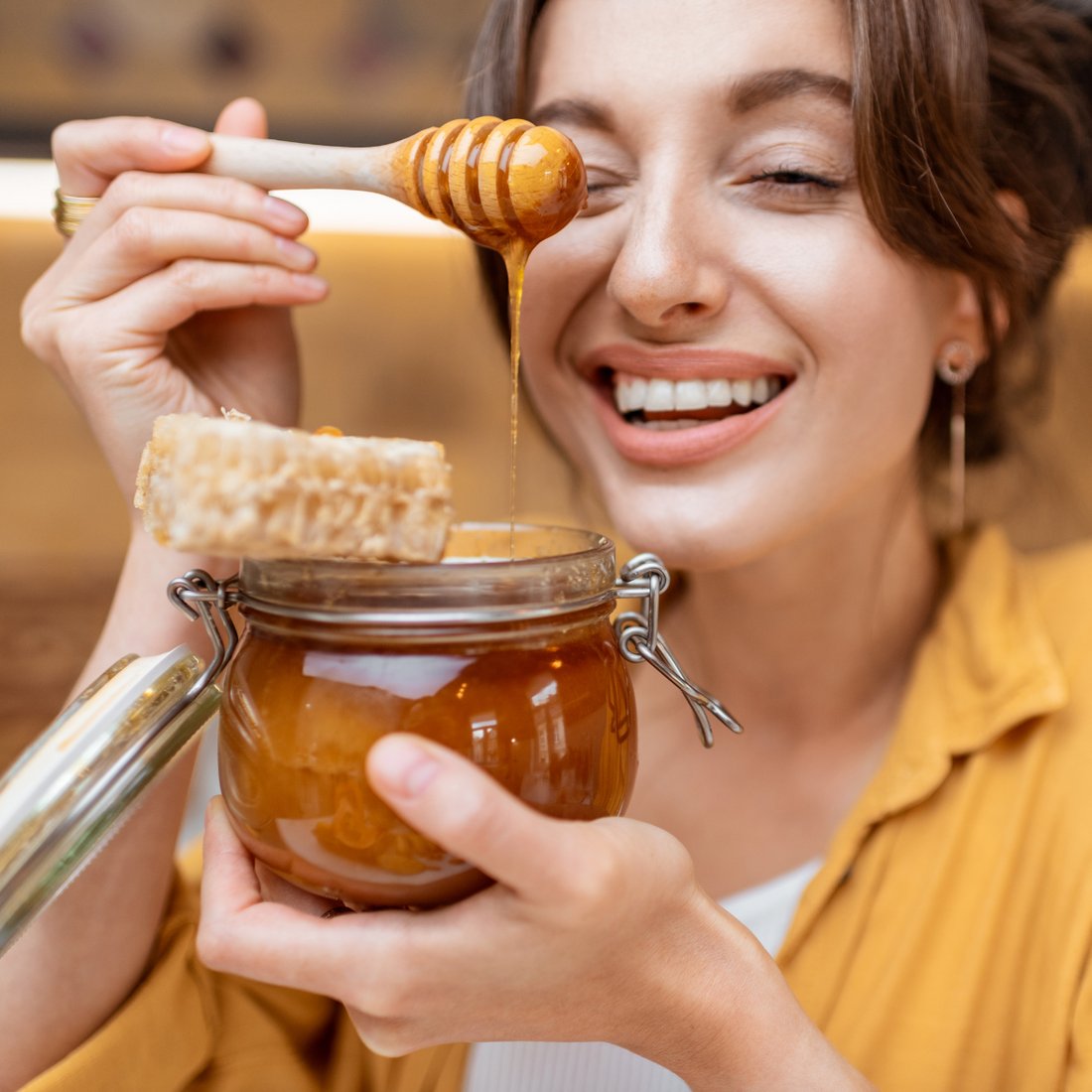
Manuka Honey: A Glimpse of History…
Native to New Zealand, the Manuka tree has a long history dating back to the island's first settlers: the indigenous Maori. The Maori descended from settlers from eastern Polynesia, who arrived in New Zealand in several waves of waka (canoe) voyages between about 1320 and 1350.
In fact, the Maori referred to this aromatic plant as "Toanga" or "treasure" and revered it for its many uses. Its most significant use was for its medicinal and healing powers. For them, the tree was essentially a kind of ancestral natural pharmacy.
There were various uses for this plant, some of which are listed below:
- Infusions prepared with the leaves were used to reduce fever and treat stomach and urinary problems.
- The resin produced by the tree was used as a moisturizer for burns.
- The resin was also used to soothe coughs.
- Other parts of the tree were mixed to treat diarrhea.

European settlers also took advantage of the knowledge acquired by the Maori and used this plant for other purposes, such as:
- Using the leaves to make tea.
- Using the leaves to brew beer.
- Extraction of oil from the leaves for medicinal purposes.
- The use of oil for cosmetic mixtures.
It was not until the arrival of a very special woman, Mary Bumby—an English beekeeper and sister of a Methodist missionary—that Manuka honey was extracted from this single-flowered plant. In fact, Mary Bumby was credited with introducing these precious bees to the island's shores in 1839.
However, it took another 100 years, until the 1980s, to prove the unique antibacterial benefits of Manuka honey. The father of this research was biochemist Peter Molan* who published his study on Manuka honey at the University of Waikato in the 1980s, proving that the methylglyoxal in honey is responsible for the antiviral and antibacterial effects of this honey. Recently, an MGO (methylglyoxal) grading system was introduced to measure the precise content of naturally occurring methylglyoxal. Methylglyoxal is found exclusively in Manuka honey and is directly related to its potency. The higher the MGO (methylglyoxal) content, the higher the quality of the honey. Today, UMF (Unique Manuka Factor) and MGO levels can be found on genuine Manuka honey.

